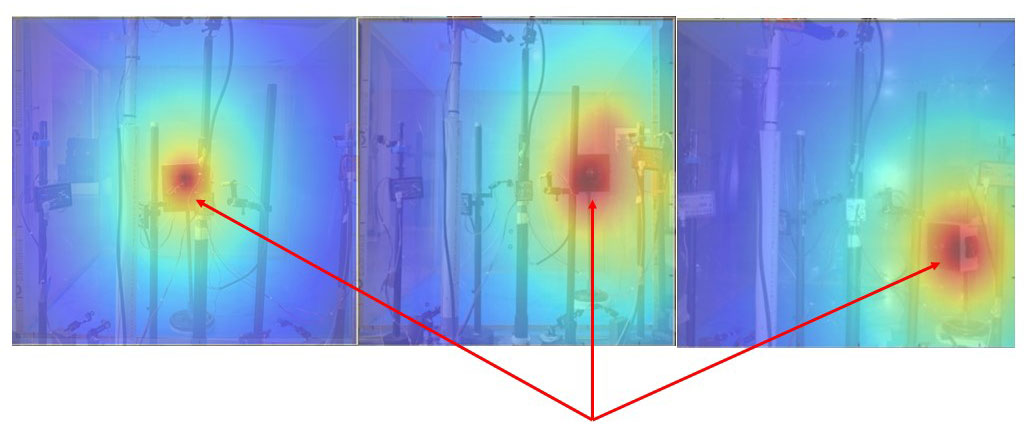Sounds without bounds: Wayne State researchers develop LaSonics to hear through solid structures
New patent-pending technology developed in the Wayne State University College of Engineering has the potential to fundamentally change how sound sources are detected and located, with applications ranging from machinery noise control to military operations.
 Sean Wu, Ph.D., distinguished professor of mechanical engineering, and his team have developed LaSonics, which enables a user to hear and see through a solid enclosure to precisely locate the sound sources inside.
Sean Wu, Ph.D., distinguished professor of mechanical engineering, and his team have developed LaSonics, which enables a user to hear and see through a solid enclosure to precisely locate the sound sources inside.
“Sound source localization is usually done in open space without the presence of obstacles and walls,” said Wu. “When the line of sight between a sound source and sensor is blocked, localization cannot be done.”
A microphone is a common medium for measuring sound. However, unlike microphones — which use piezoelectric sensors to pick up sound — LaSonics uses lasers to measure surface vibrations created by sound waves, and applies algorithms to remove interference and extract the target acoustics. LaSonics can also be operated at remote distances without deploying hardware near the acoustic sources.
“Experimental validations demonstrated that LaSonics can penetrate a room made of Plexiglass, which is transparent to light but opaque to sound,” said Wu, who is a fellow of both the American Society of Mechanical Engineers and the Acoustical Society of America. “The reason for selecting Plexiglass was to monitor the accuracy in sound source localization.”

This technology may prove useful to determine the cause of, and thereby control, noises or vibrations in automobiles, airplanes and household appliances such as dishwashers. It could also help rescue operators located trapped victims, improve the perceptual capabilities of robots, or allow military and security officers to more effectively conduct surveillance and gather intelligence.